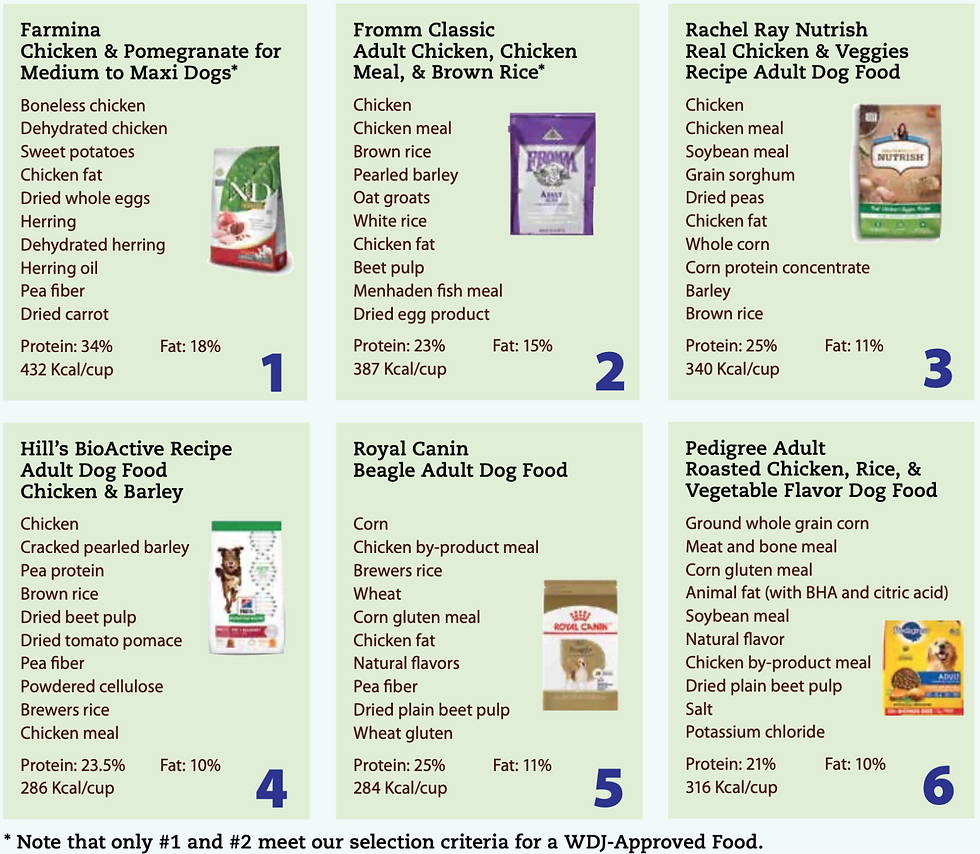Here is an eyeopener for many of us dog owners! Nowadays it's so easy to get into the marketing scheme when big brands are competing for the ever-growing dog food market.

Many people (and even many veterinarians, trust me I have had quite a few conversations over the years with different vets on this hot topic) believe that all foods that are labelled as “complete and balanced” contain approximately the same amounts and levels of nutrients. This presumes that pet food makers are all working to meet some sort of “recommended daily allowance”, RDA for shorts, of nutrients required by dogs – but it’s not true.
‼️The RDA nutrient levels for humans were developed by the Food and Nutrition Board of the National Research Council/National Academy of Sciences. Vitamin, mineral, and macronutrient (fat, protein, carbohydrate) levels are expressed on our food packages as providing some percentage of the total amount of various nutrients that we need daily. BUT THIS IS NOT HOW NUTRIENT LEVELS IN PET FOODS ARE EXPRESSED! So don't fall into this assumption.
The Association of American Feed Control Officials (AAFCO) establishes the nutrient levels that legally constitute “complete and balanced” diets for our pets, and publishes the requirements for canine diets in a table – the “AAFCO Dog Food Nutrient Profiles.” In Canada, dry food manufacturers follow the same nutrient profiles with the Canadian Food Inspection Agency (CFIA) monitoring the production, well from more safety rather than a quality point.
SO HERE IS THE CATCH 👉 Unlike the human RDAs with target levels of nutrients, the Dog Food Nutrient Profiles consist only of minimum values for all the nutrients required by dogs and maximum values for just a few nutrients. WHAT DOES THIS MEAN? In simple words as long as a food meets the minimum nutrient values expressed in the profiles, and doesn’t exceed the maximum values, it can be labelled as “complete and balanced.” 😡😳
Let’s say it another way: The foods on your pet store shelves may actually contain wildly varying levels of vitamins, minerals, and macronutrients, and yet all can call themselves “complete and balanced.” DID YOU EVER LOOK AT A NUTRITION LABEL ON THE BACK OF A NICELY DESIGNED AND ATTRACTIVE TO HUMAN-EYE BAG? It can be very confusing to compare a few leading brands to another.
I'll GIVE YOU A VISUAL EXAMPLE. All of the chicken- and rice-based foods below are labelled as “complete and balanced” diets for adult dogs; each purportedly meets the MINIMUM nutritional standards for the “maintenance” of adult dogs (yes maintenance not thriving or happy but simply maintained). Compare these foods and tell yourself can you possibly consider these foods equivalent? The picture below lists the first 10 ingredients from their labels so you can compare the formulas. Just a heads up they are also positioned in order of decreasing quality – from first to worst. And I bet you'll be surprised to see quite a few BIG BRANDS NAMES that are the most recommended by vets cross country.
*the resources and references used for this post are credited to Whole Dog Journal.

Comments